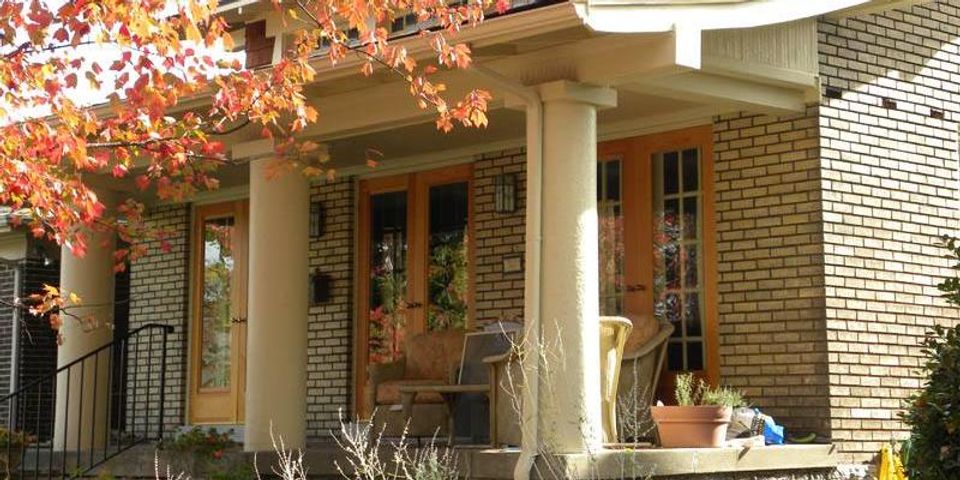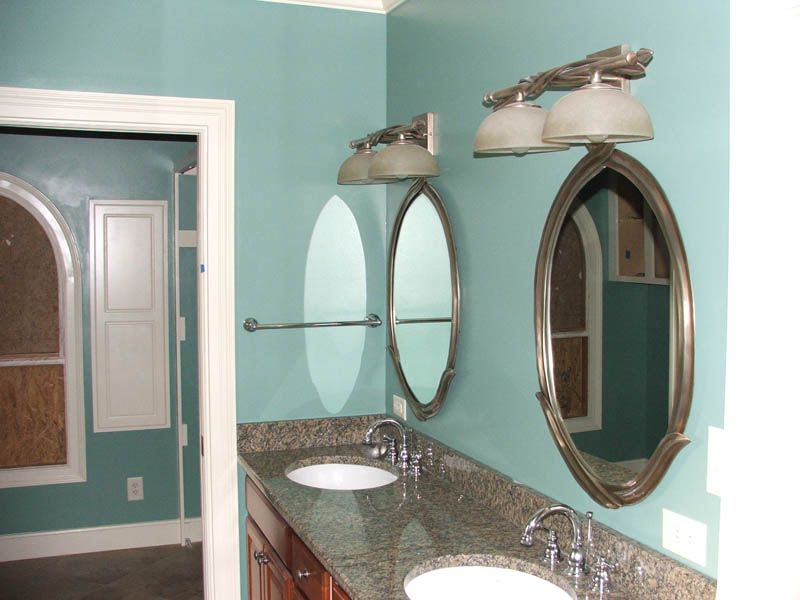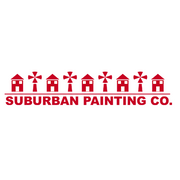To Prime or Not to Prime: Tips From The Residential Painting Experts at Suburban Painting Co.

Any residential painting job requires a bit of preparation: taping off windows, doors, etc., setting down a tarp to protect the floor or carpeting, making sure the walls (or other surfaces to be painted) are clean and dry and then…priming? Primers are designed to ensure that the paint properly adheres to the surface being painted, and can primers prevent cracks and help smooth surfaces. While some may argue that this step can be skipped, the experts at Suburban Painting Co. know that sometimes it can be hard to tell whether or not your walls need to be primed!

How do you know whether or not you need to prime your walls? You can make this decision easy by considering the surface you will be painting. Here are a few surface types that need to be primed:
- Drywall: This material will soak up paint like a sponge, and that can give very uneven results when the painting done. It’s always a good idea to use a primer with drywall, as an application of primer is usually less expensive than several additional coats of paint.
- Bare wood: This material has always been difficult, but the one thing that has always done the job here is an old-fashioned oil primer. Due to the 24-hour drying time, most people would like to avoid an oil primer at all costs. However, if you’re faced with a bare wood surface, look for one of the newer primers that boasts a faster drying time.
- Masonry: This material will require a masonry primer, as masonry surfaces often have a pH level that makes it harder for the paint to adhere properly. Masonry is also susceptible to efflorescence which are crystalline deposits that form on the surface; masonry primers are often resistant to these deposits.
For more details on primers, interior painting, residential painting or commercial painting, or drywall and plaster repair, check out Suburban Painting Co. online or give them a call at (859) 276-1139.
About the Business
Have a question? Ask the experts!
Send your question

